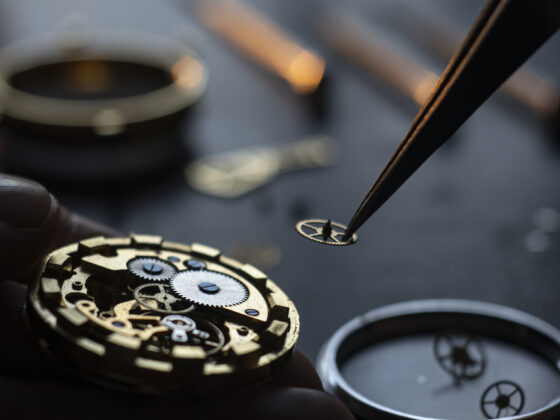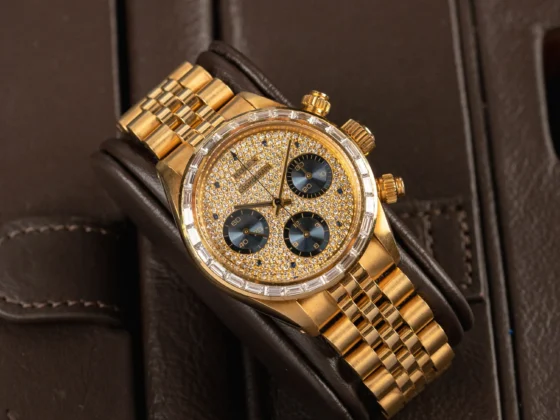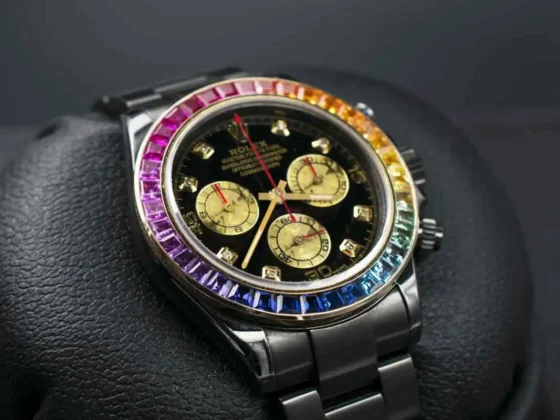Luxury watches are more than just timekeepers; they are intricate works of art, representing significant investments for collectors. Whether you own a vintage Rolex or a limited-edition Patek Philippe, regular maintenance is crucial to protect both the functionality and value of your timepiece.
In this guide, we’ll explore why regular watch servicing is essential and how it preserves your investment.
Why Regular Watch Servicing is Crucial
Luxury watches contain hundreds of tiny components, each working in perfect harmony to keep the timepiece functioning. Over time, these parts experience wear and tear, especially in mechanical watches, which rely on gears, springs, and other delicate mechanisms. Without proper servicing, the performance and accuracy of the watch can deteriorate, which could result in costly repairs or even a complete overhaul.
For collectors, maintaining a watch’s original functionality is key to preserving its value. A well-maintained luxury watch will not only perform better but also retain or increase its market value, making regular servicing a vital part of ownership.
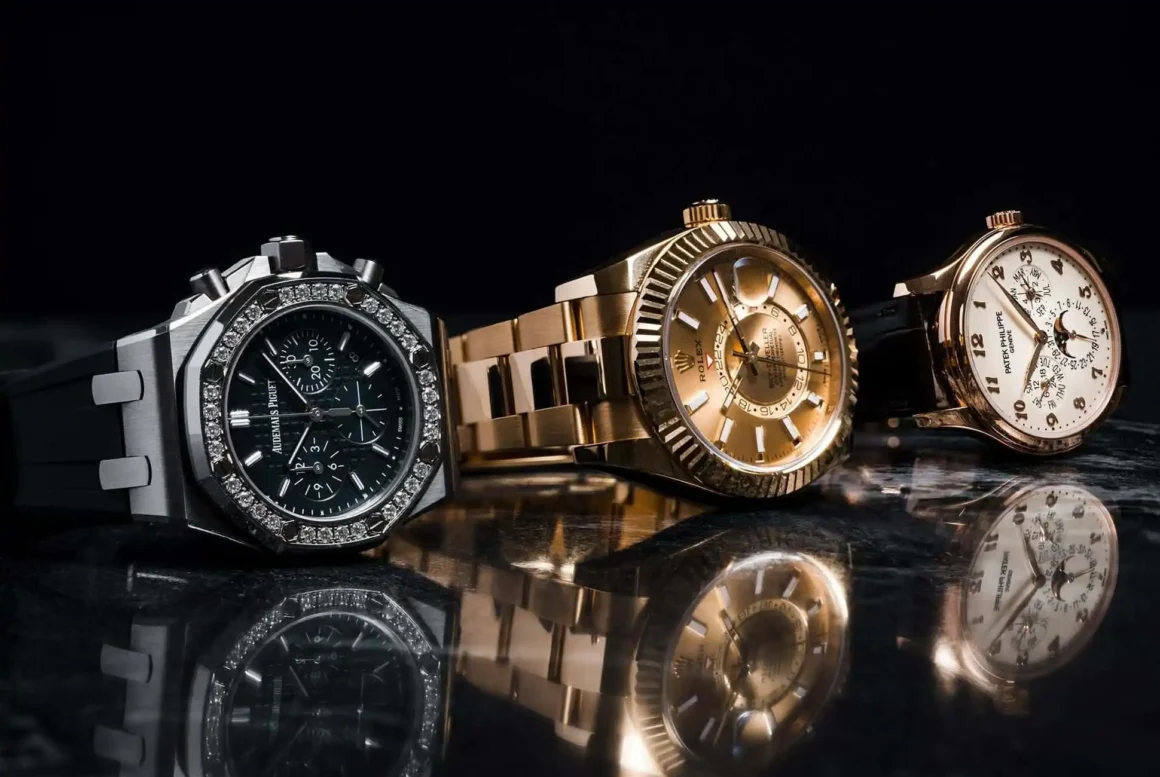
How Often Should You Service a Luxury Watch?
The frequency of servicing your luxury watch depends on several factors, including the model, how often it is worn, and the manufacturer’s recommendations. As a general rule, mechanical watches should be serviced every 3 to 5 years, though some models may require more frequent attention if worn daily or subjected to extreme conditions.
Quartz watches, while less complex, still benefit from regular maintenance, especially when it comes to battery replacement and checking seals for water resistance.
Key Benefits of Regular Watch Servicing
- Ensures Longevity Luxury watches are designed to last for generations when properly cared for. Regular servicing ensures that the internal mechanisms are well-lubricated and free from dust or debris, which could otherwise cause damage over time.
- Maintains Accuracy A luxury watch, particularly a mechanical one, relies on precision engineering. Over time, components can lose their efficiency, causing the watch to lose or gain time. Regular servicing recalibrates these components, ensuring your watch remains accurate.
- Protects Against Wear and Tear Gaskets, seals, and oils inside the watch degrade over time, which can affect water resistance and lead to corrosion or wear on the movement. During servicing, these parts are replaced or cleaned, protecting the overall integrity of the watch.
- Preserves Value For collectors, maintaining a watch’s value is often just as important as its aesthetic appeal. A well-maintained timepiece with a full service history is far more attractive to potential buyers than one that has been neglected. Servicing records are a mark of authenticity and care, and they contribute significantly to the watch’s resale value.
What Happens During a Watch Service?
A typical watch service involves a comprehensive inspection and overhaul of the watch’s internal and external components. Here’s a breakdown of the process:
- Disassembly and Cleaning
The watch is completely disassembled, and each part is carefully inspected. Components are cleaned using ultrasonic cleaners to remove dirt, dust, and old oils that may have accumulated over time. - Replacement of Worn Parts
Any parts showing signs of wear or damage are replaced. This might include the mainspring, gaskets, or other internal mechanisms. - Lubrication
After cleaning and replacing worn parts, the movement is lubricated with high-quality oils to ensure smooth operation. - Reassembly and Testing
Once all components are cleaned and lubricated, the watch is reassembled. It undergoes a series of tests to ensure it is functioning correctly and keeping accurate time. The watch’s water resistance is also tested, especially for dive or sports models.
Choosing a Trusted Watchmaker for Servicing
Not all watchmakers are qualified to service high-end luxury timepieces. It is essential to choose a certified professional with experience in handling specific luxury brands. Many manufacturers recommend authorized service centers or provide in-house servicing to ensure that genuine parts are used, and the watch is handled by trained experts.
For collectors, using an authorized service center is often critical, as non-authorized servicing can void warranties or decrease the watch’s value.
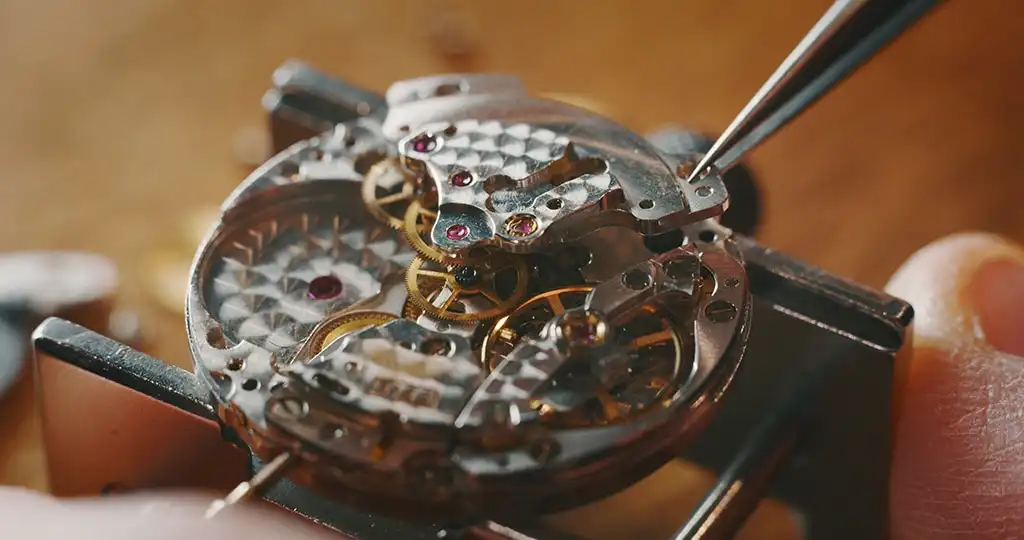
Conclusion
Regular watch servicing is an essential part of protecting your investment in luxury timepieces. It ensures longevity, maintains accuracy, and preserves the value of your watch. By adhering to a proper maintenance schedule and choosing the right professionals for the job, you can ensure that your luxury watch collection remains in pristine condition for years to come.




